
You Are Here:Home > News Center
> Industry Dynamics
News navigation
Recommended news
Recommended products
What are the characteristics of colored glass
source:www.jarno.com.cn | Release time:2025-09-17
Colored glass (colored glass) is made through processes such as adding coloring agents to raw materials or later coating, which combines decoration and practicality. Its core characteristics are as follows:
1. Coloring method and stability
Body coloring (adding metal oxide during melting): uniform color, long-lasting and non fading, can be made transparent/semi transparent, suitable for outdoor use (such as curtain walls);
Surface coloring (coating, spraying, etc.): Rich in color (such as metallic color), but with weak wear resistance, mostly used for indoor decoration (such as furniture glass).
2. Optical and Privacy Features
Light control and heat absorption: capable of transmitting specific colored light, absorbing infrared radiation (reducing heat), ultraviolet radiation (protecting furniture/skin), and reducing strong light glare;
Privacy protection: The darker the color, the lower the light transmittance, and the semi transparent version can be "transparent but not translucent" (such as bathroom glass).
3. Physical and chemical properties
Strong durability: The colored version of the body has hardness and weather resistance (resistant to sunlight and rain) comparable to ordinary glass, and can be cut and tempered;
Corrosion resistance: Resistant to weak acids and bases (for daily cleaning), avoid contact with strong corrosive substances such as hydrofluoric acid.
4. Core values
Decorative: The color is suitable for various styles (such as modern dark gray and Chinese amber), and can be combined with carving and laminating to make artistic glass;
Practicality: Helps with energy conservation (reduces air conditioning load), some can be used for privacy and fire prevention, suitable for scenarios such as buildings, automobiles, electronics, etc.
1. Coloring method and stability
Body coloring (adding metal oxide during melting): uniform color, long-lasting and non fading, can be made transparent/semi transparent, suitable for outdoor use (such as curtain walls);
Surface coloring (coating, spraying, etc.): Rich in color (such as metallic color), but with weak wear resistance, mostly used for indoor decoration (such as furniture glass).
2. Optical and Privacy Features
Light control and heat absorption: capable of transmitting specific colored light, absorbing infrared radiation (reducing heat), ultraviolet radiation (protecting furniture/skin), and reducing strong light glare;
Privacy protection: The darker the color, the lower the light transmittance, and the semi transparent version can be "transparent but not translucent" (such as bathroom glass).
3. Physical and chemical properties
Strong durability: The colored version of the body has hardness and weather resistance (resistant to sunlight and rain) comparable to ordinary glass, and can be cut and tempered;
Corrosion resistance: Resistant to weak acids and bases (for daily cleaning), avoid contact with strong corrosive substances such as hydrofluoric acid.
4. Core values
Decorative: The color is suitable for various styles (such as modern dark gray and Chinese amber), and can be combined with carving and laminating to make artistic glass;
Practicality: Helps with energy conservation (reduces air conditioning load), some can be used for privacy and fire prevention, suitable for scenarios such as buildings, automobiles, electronics, etc.
Previous:
period
Next:
Where is bathroom glass used
【Related Products】

- Changshu Mingyang Glass Products Co., Ltd. Phone:86-512-52429311 Company address: Shanghu Town Development Zone, Changshu, Jiangsu, China
- Copyright © 2025 Changshu Mingyang Glass Products Co., Ltd. www.jarno.com.cn 蘇ICP備10225663號-1 Technical Support:Lange Chain Enterprise

 wechat number:
wechat number:
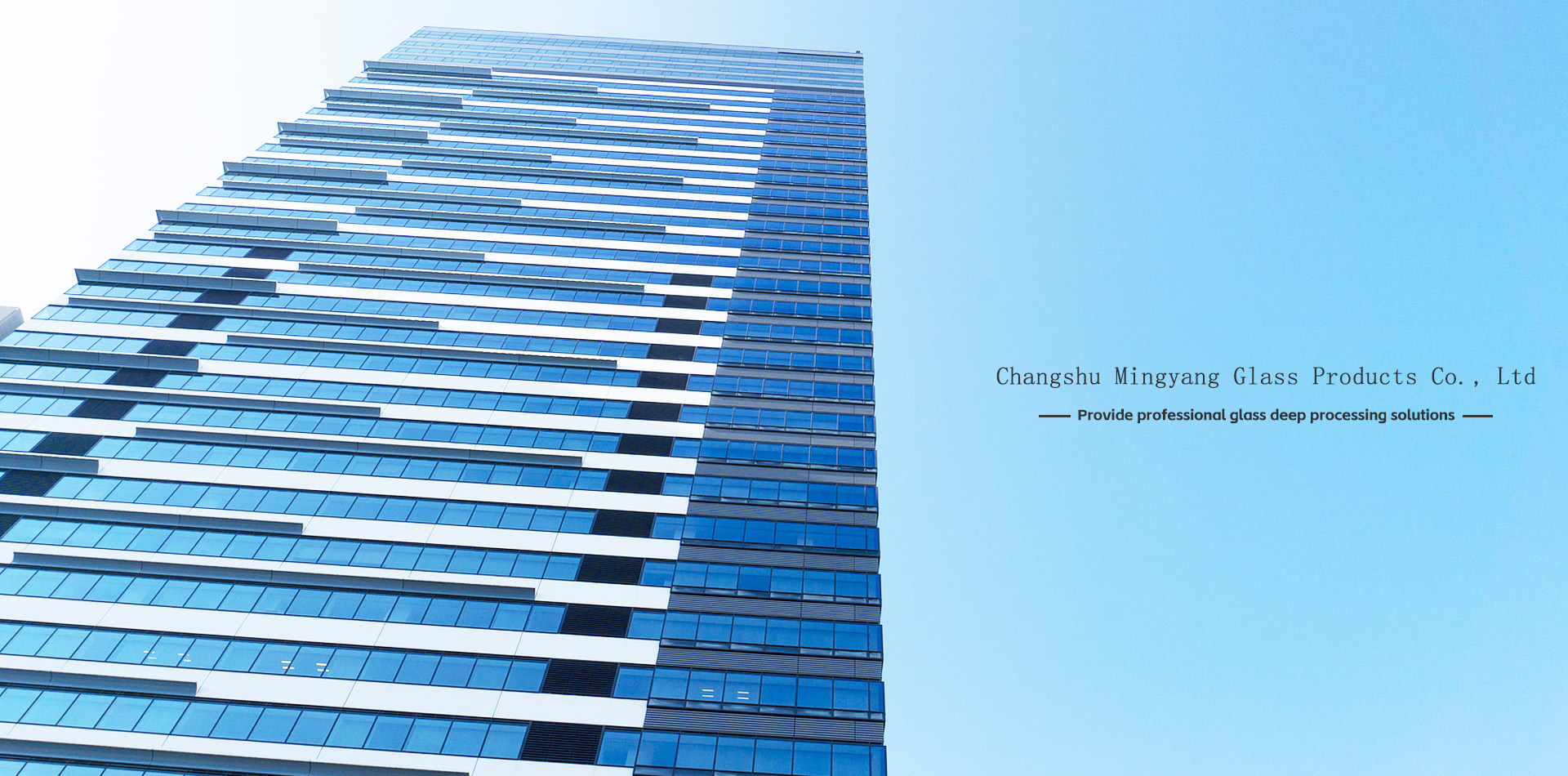
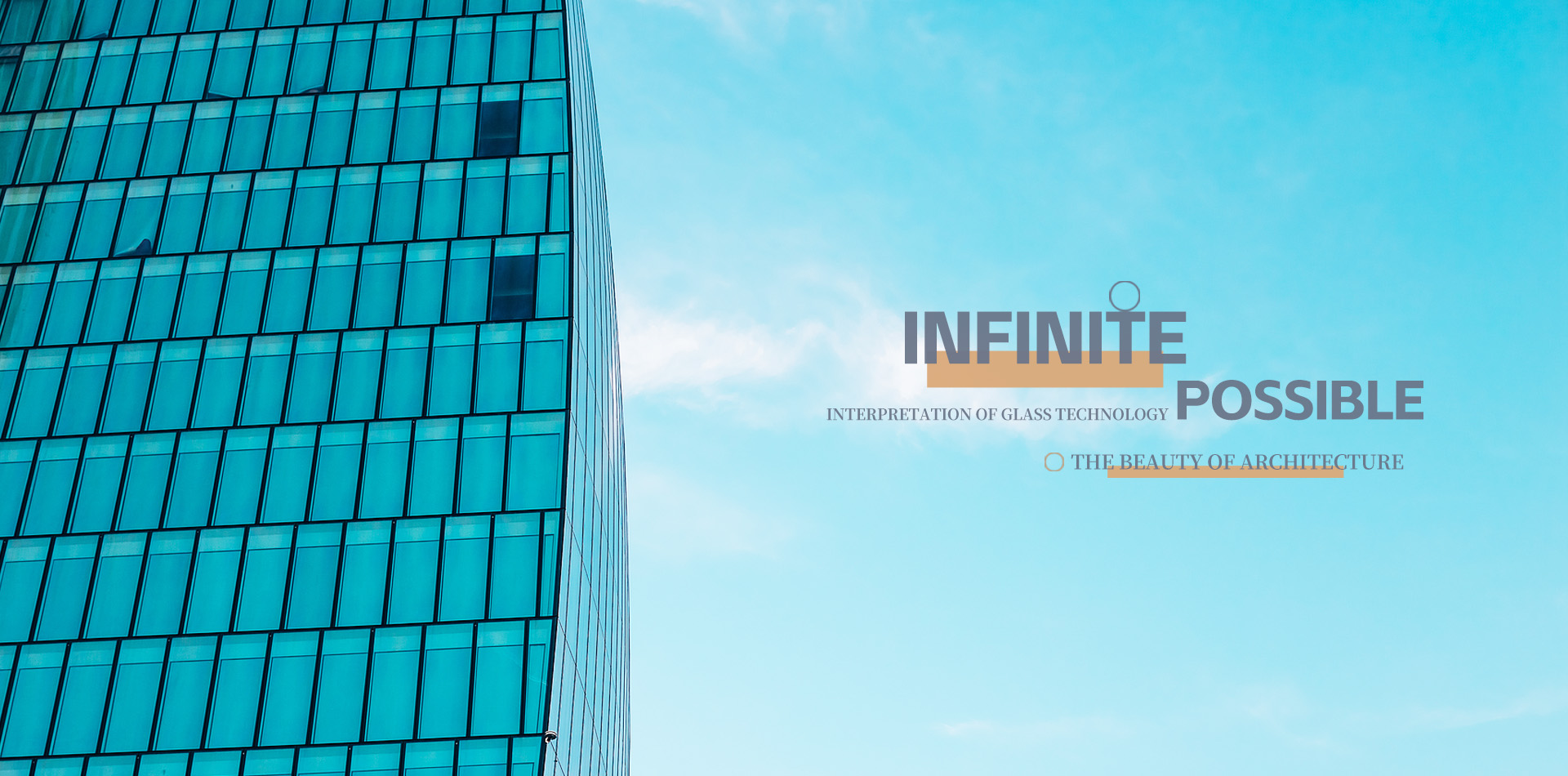
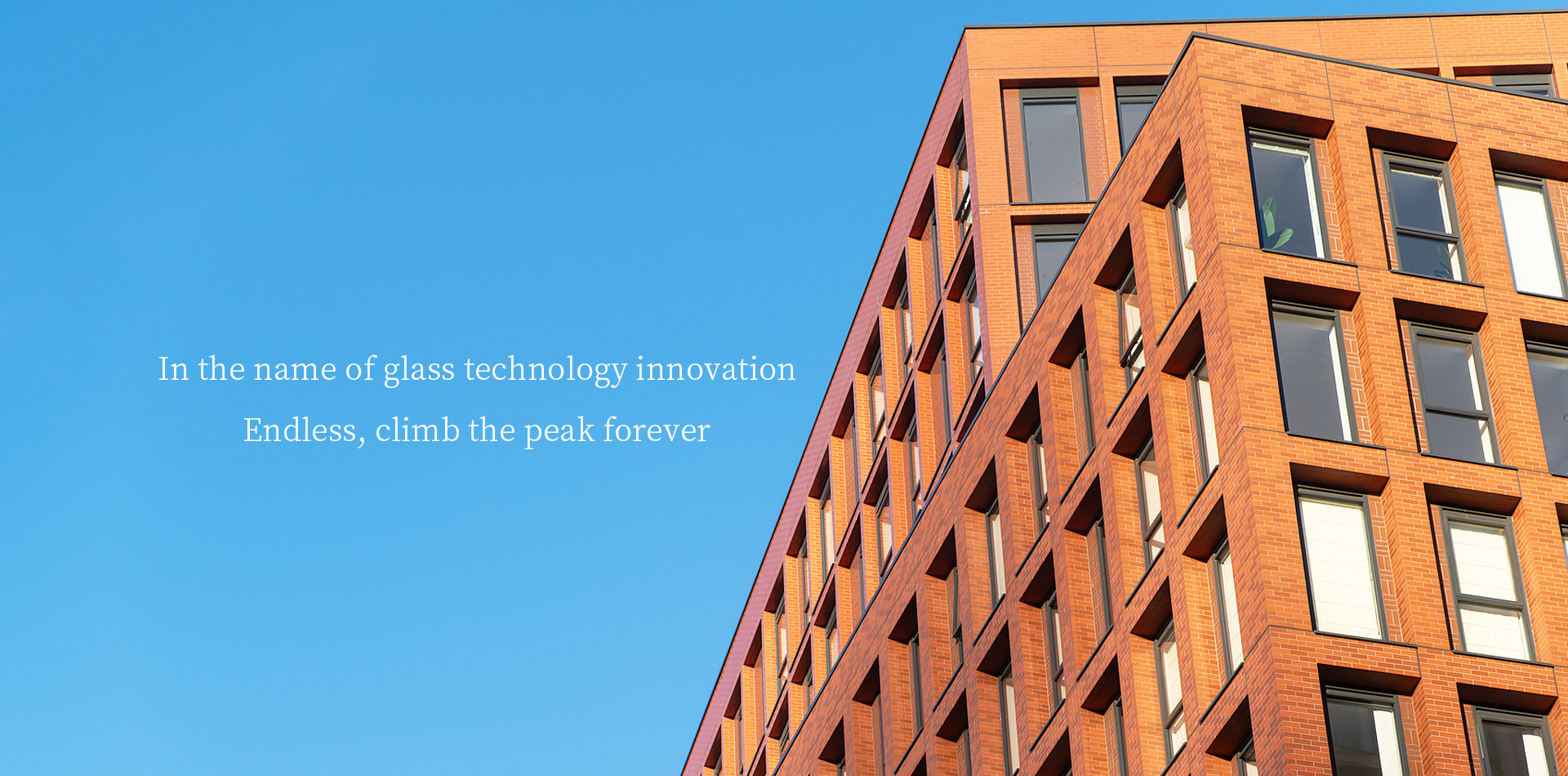

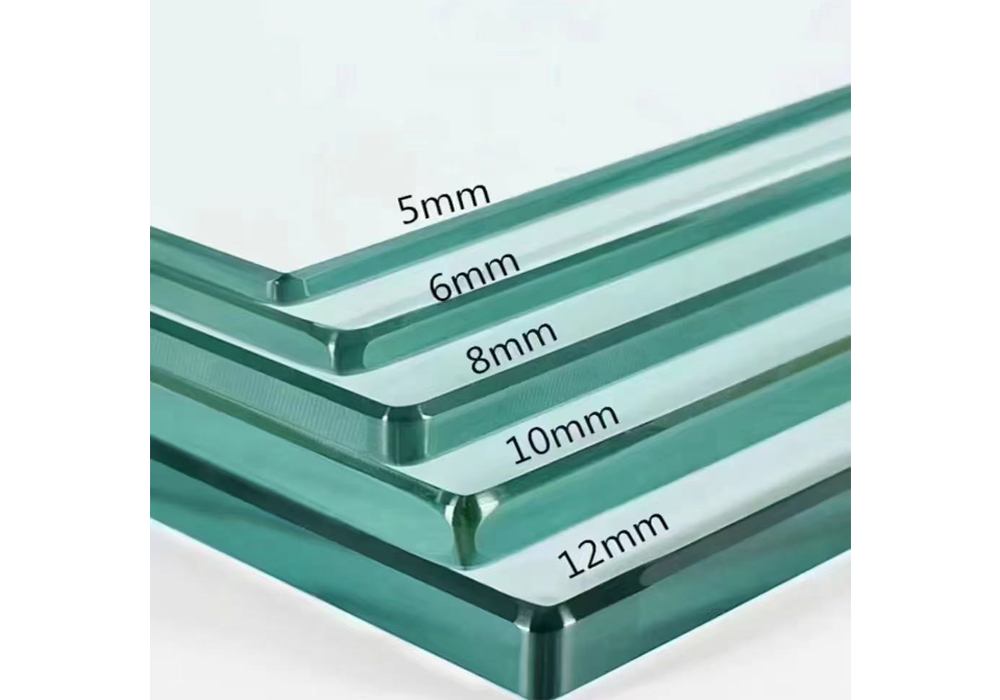
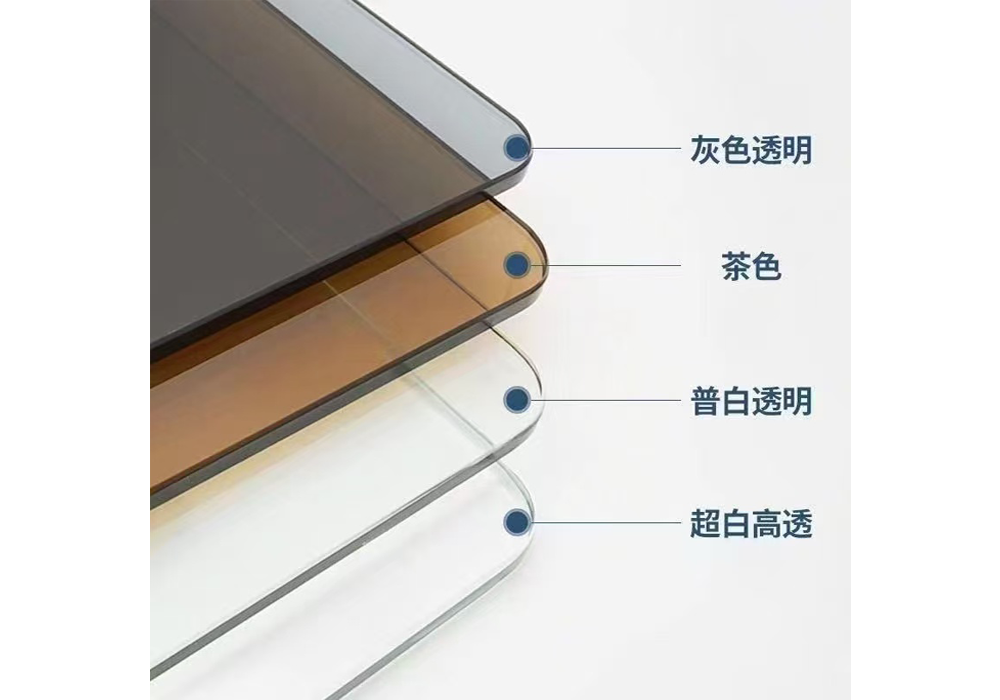
 home
home
 WeChat
WeChat
 telephone
telephone